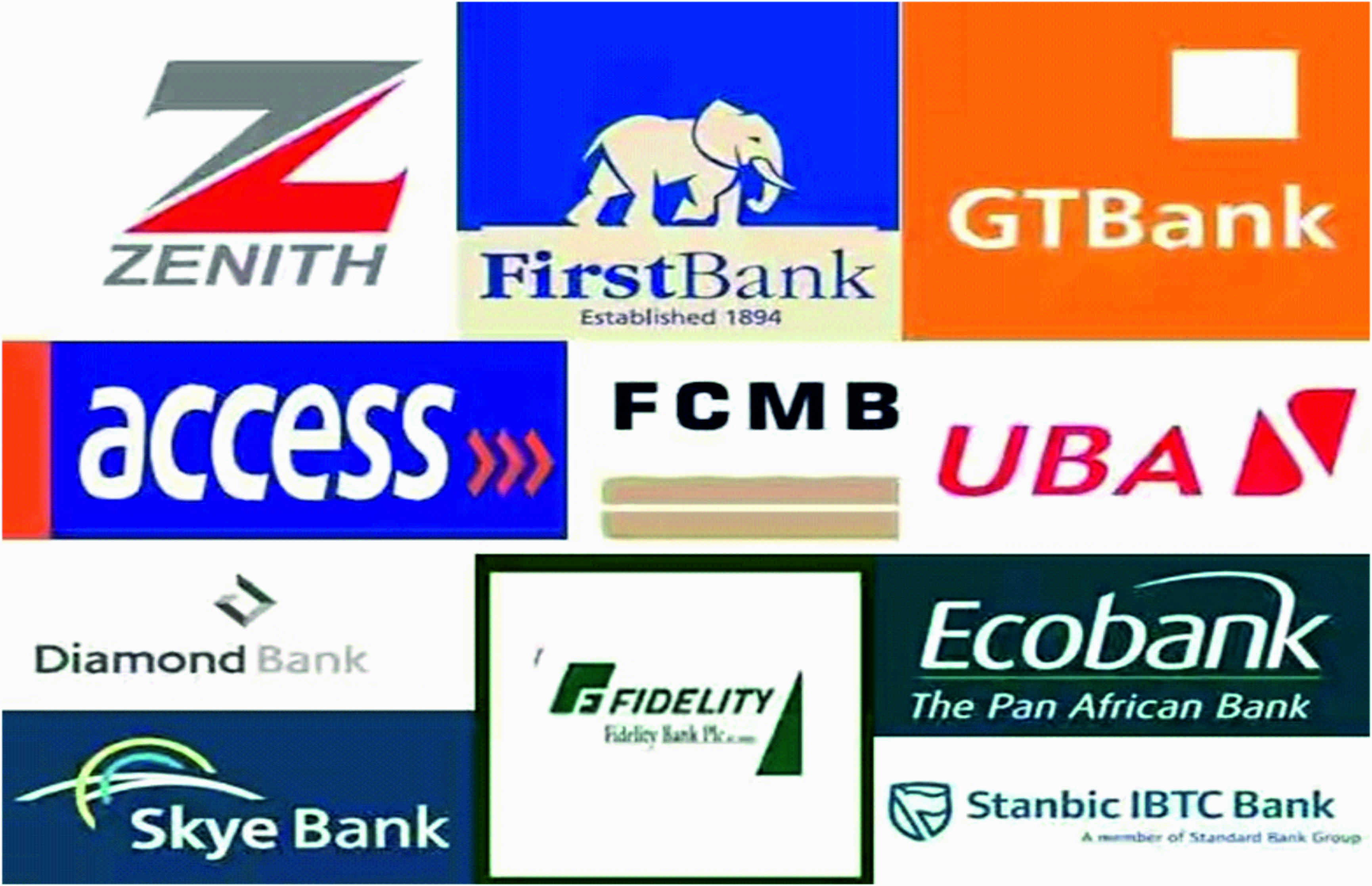- Announces improved 59% earnings on shares
By Odunewu Segun
Stanbic IBTC asset quality ratios rose during the 2016 financial year, with non-performing loans ratio declining from a peak of 7.1 per cent in 2015 to five per cent in 2016, against the cost of risk further increasing by 150 basis points year-on-year to 5.3 per cent, pushing the bank’s NPL cover back above 100 per cent.
The bank also announced an improved 59 per cent earnings per share of N2.46 on year on year basis in its full year results for the year ended December 31, 2016, and presented to its shareholders on Thursday in Lagos.
In a statement released by the bank on Thursday, the book value of equity per share, BVPS increased by 10.8 per cent year on year to N13.7, while annualized return on equity rose by 560 basis points, year-on-year to 18.9 per cent.
Besides, net interest revenue for the year also grew by 20.1 per cent, year-on-year to N68.2billion, driven by continued strong growth in fees and commission income to N52.2billion.
“The strong growth was driven by a 78 per cent increase in retail fees to N14.3 billion and a 22 per cent, year-on-year increase in asset management fees to N28.4 billion”.
On operating efficiency, the report showed that Group cost-to-income ratio improved to 54.8 per cent, from 61.7 per cent in the previous year, as operating expenses increased by a modest 11 per cent, year-on-year to N69.1billion.
Overall, the bank said its earnings for 2016 were relatively positive, driven by continued improvements across all three of its major business segments.
The asset management business segment, it said, recorded profit after tax that increased by 23 per cent, year-on-year, while the bottom-line for its Corporate and Investment Bank was flat at N15billion as higher margins offset the continued high loan loss provisioning.
Despite increased loan loss provisioning within its retail business, the report said the loss for the segment declined significantly from KES8.6billion in 2015 to KES1.6billion in 2016.

 Latest5 days ago
Latest5 days ago
 Latest7 days ago
Latest7 days ago
 News4 days ago
News4 days ago
 Energy1 week ago
Energy1 week ago
 Comments and Issues1 week ago
Comments and Issues1 week ago
 Business1 week ago
Business1 week ago
 Business1 week ago
Business1 week ago
 Latest5 days ago
Latest5 days ago







